NASA Claims These Photos Prove The World Will End Soon.
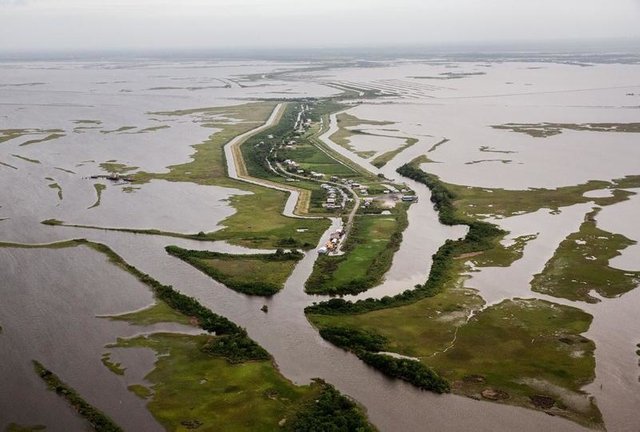
Sea ice in the Arctic are at record lows.
While natural variations have contributed to changing air temperatures, Mark Serreze of the NSIDC says ". . . it's very convincing that we're starting to the see the effects of human activity on Arctic ice cover."
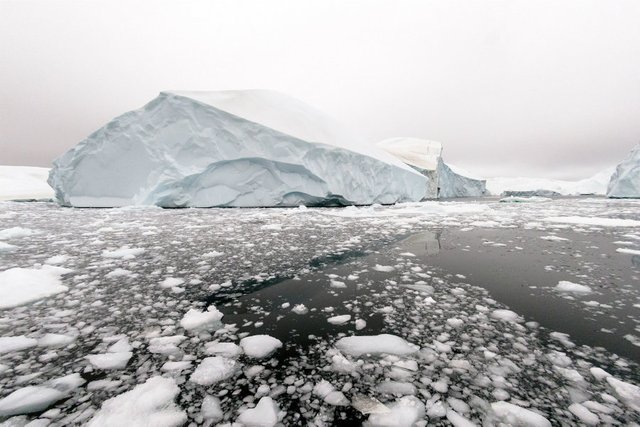
This figure shows sea surface temperatures (SSTs) in October 2016.
Note that temperatures in the Beaufort and Chukchi Seas were unusually high, which limited ice growth in the Arctic region.

Here's a shot of the Beaufort Sea in the Northwest.
In addition to Beaufort and Chukchi, higher sea surface temperatures and slower ice growth were found in the Barents and Kara Seas.
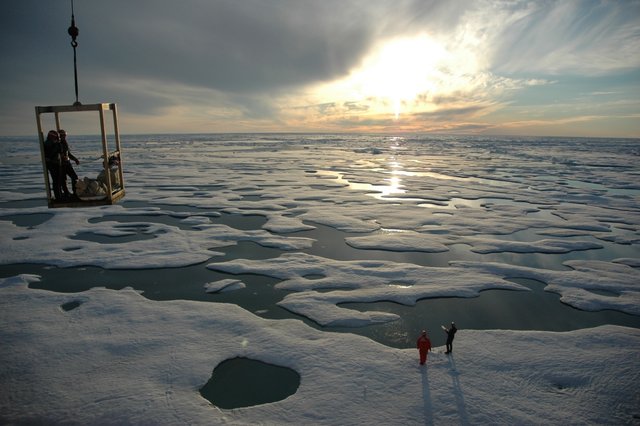
This figure shows a decline of 7.4 percent in ice extent per decade since 1979.
Extent and area are two different measurements. The NSIDC says, "Extent would be a measure of the edges of the slice of cheese and all of the space inside it. Area would be the measure of where there is cheese only, not including the holes." Extent will determine whether a region is "ice-covered" or "not ice-covered" based on a threshold.
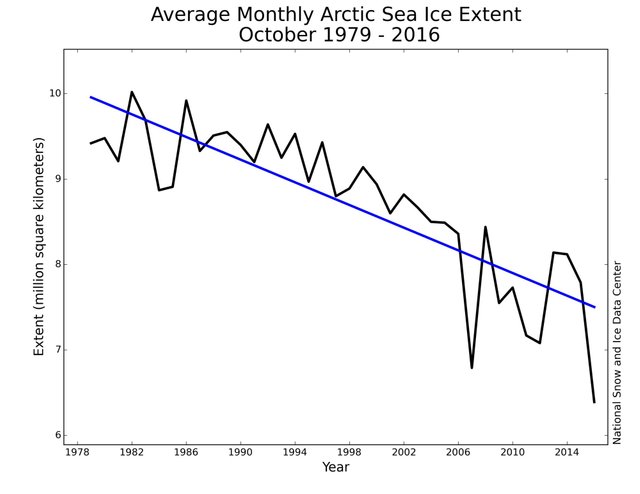
See this image for sea ice age in 1984.
The solid white indicates older, thicker ice. This is the kind of ice that can last through summer and help offset warming.
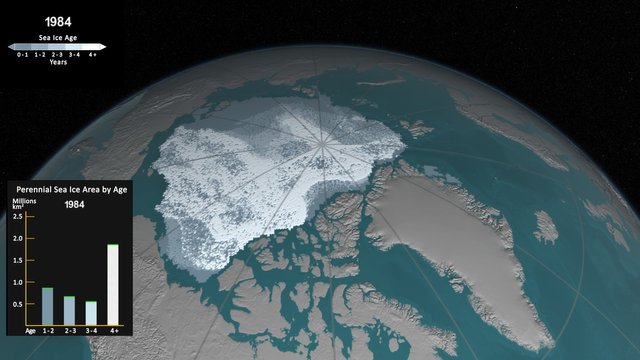
Here's a look at sea ice age in 2016.
The bright white has thinned out dramatically. There are still layers of ice there, but they are much younger and thinner, meaning they are less likely to last when the ocean absorbs the sunlight.
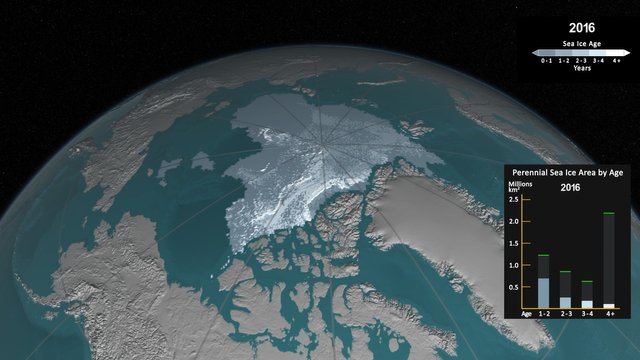
Wildlife is the first to feel its effects.
Both terrestrial and marine animals are affected—sea ice is considered a biome in itself—and many are forced to change the way they feed and migrate.
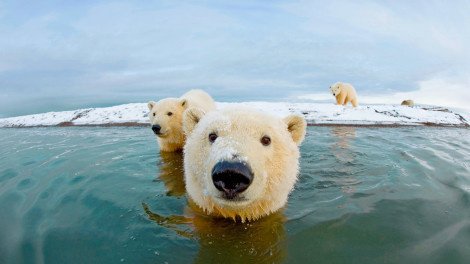
Arctic amplification affects land ice, and here's why it matters.
When land ice melts, freshwater is added to the oceans. This causes sea levels to rise. Researchers say that the Greenland ice sheet has lost 140 billion tons of ice per year over the past two decades.
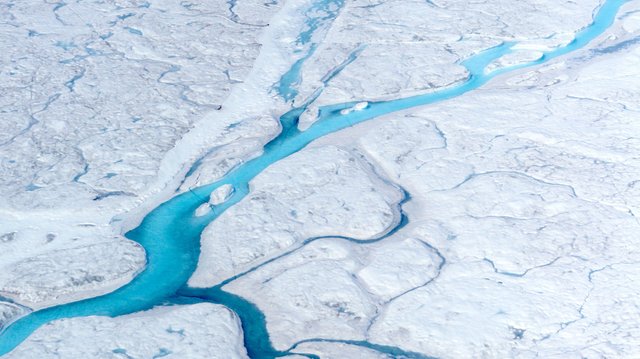
Here's a visualization of the perennial Arctic sea ice from 1980 to 2012.
Watch another animation of older Arctic sea ice disappearing, narrated by Dr. Walt Meier of NASA Goddard.
Sources: NASA.gov Video, NASA Goddard